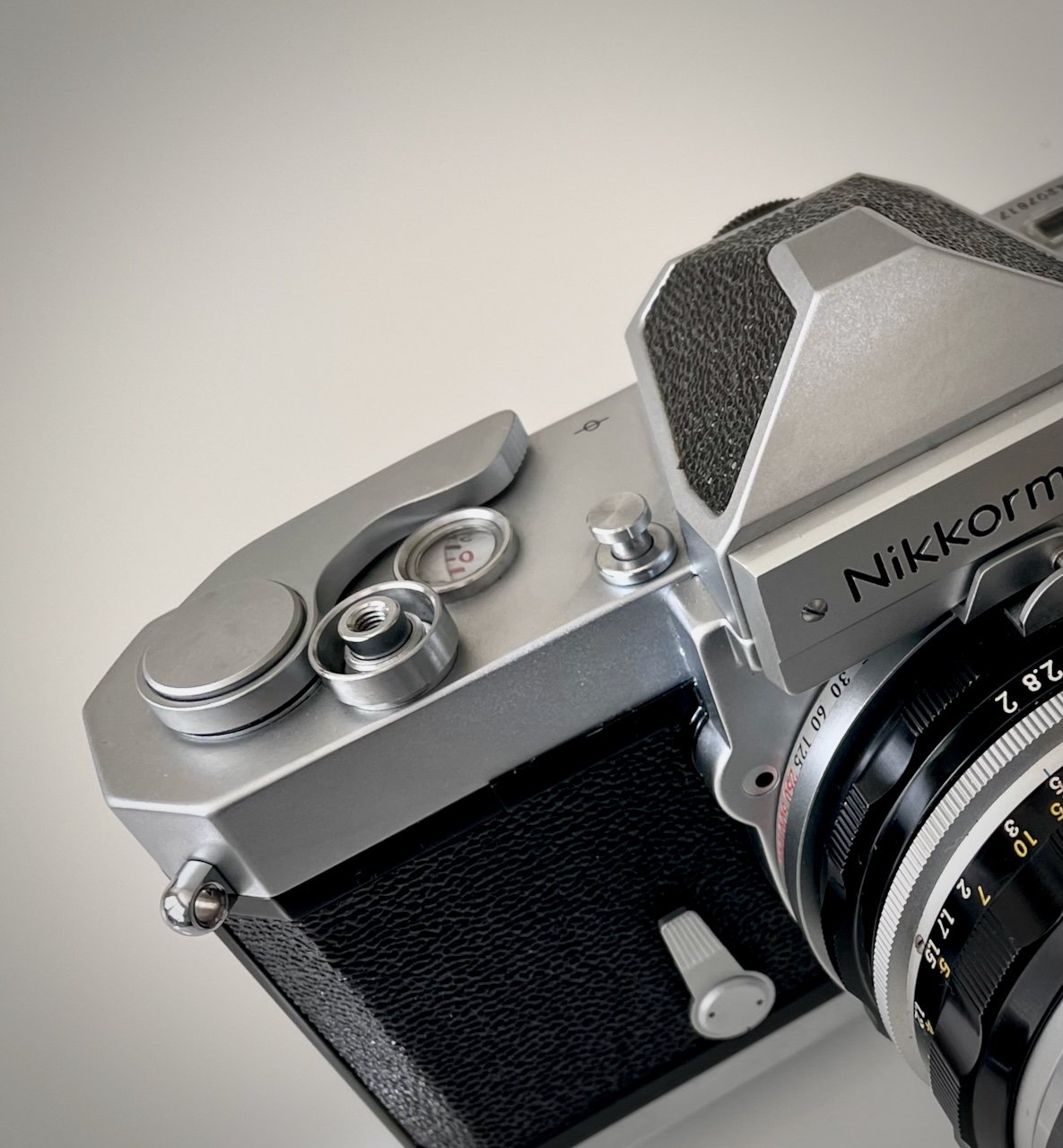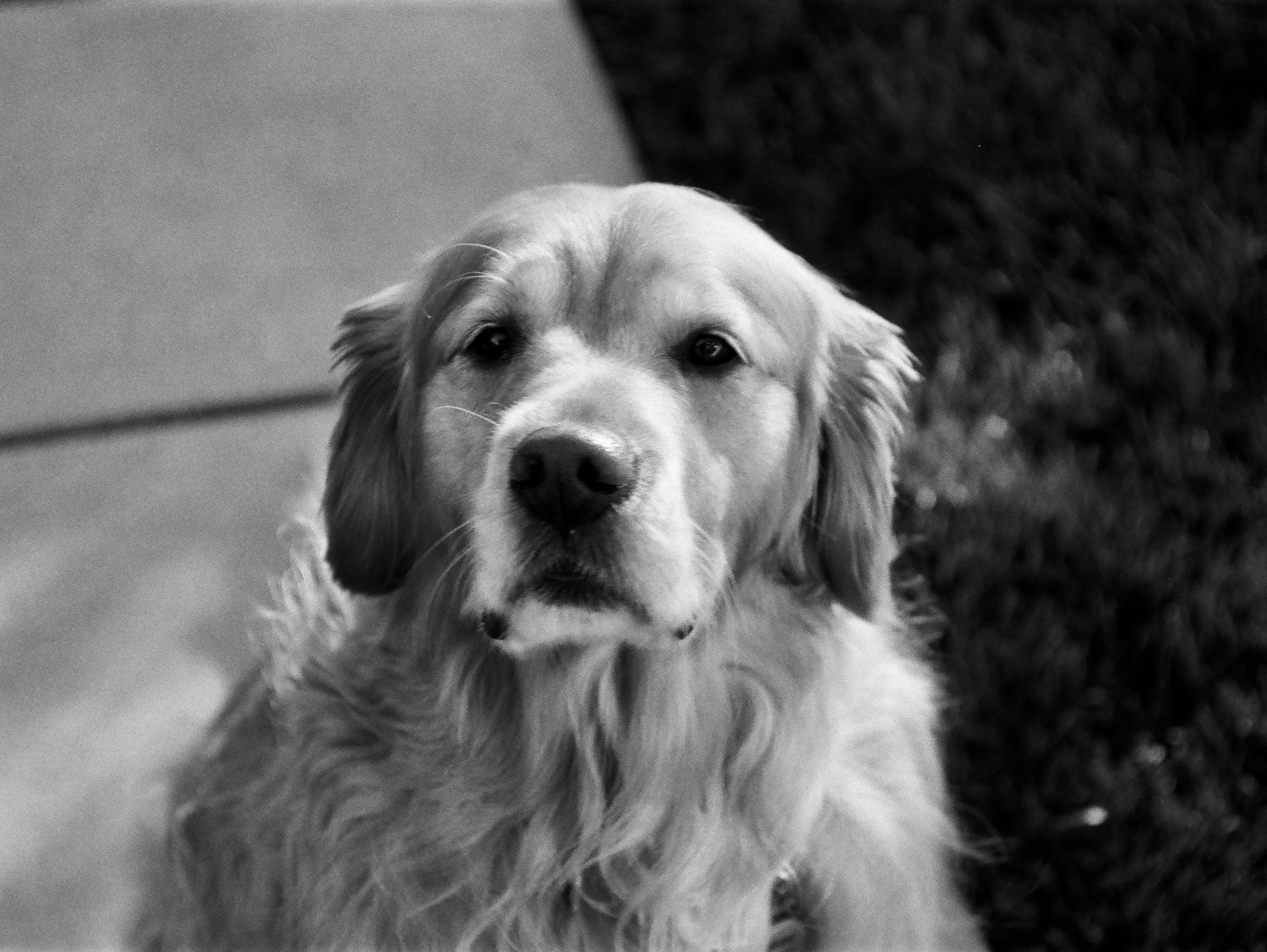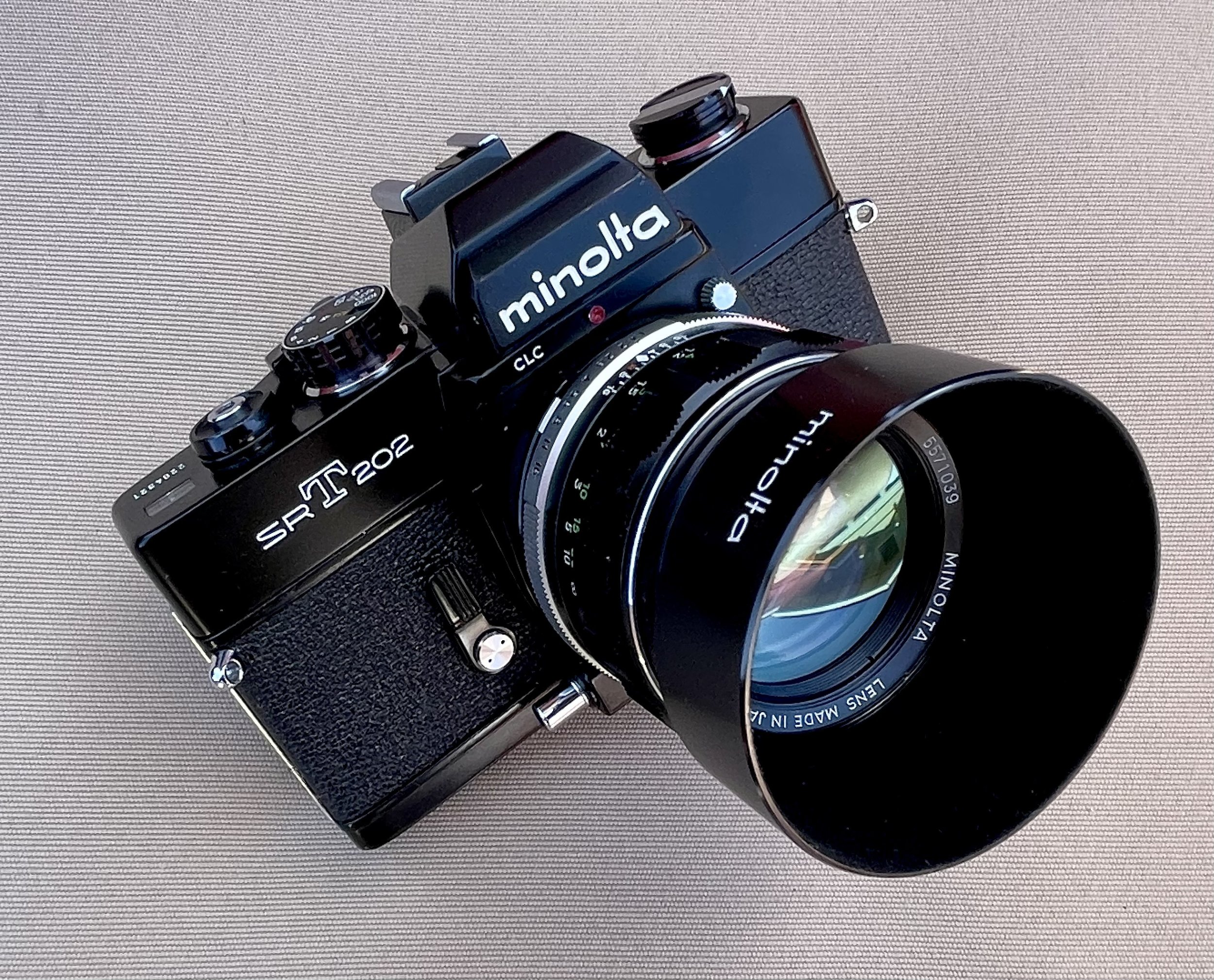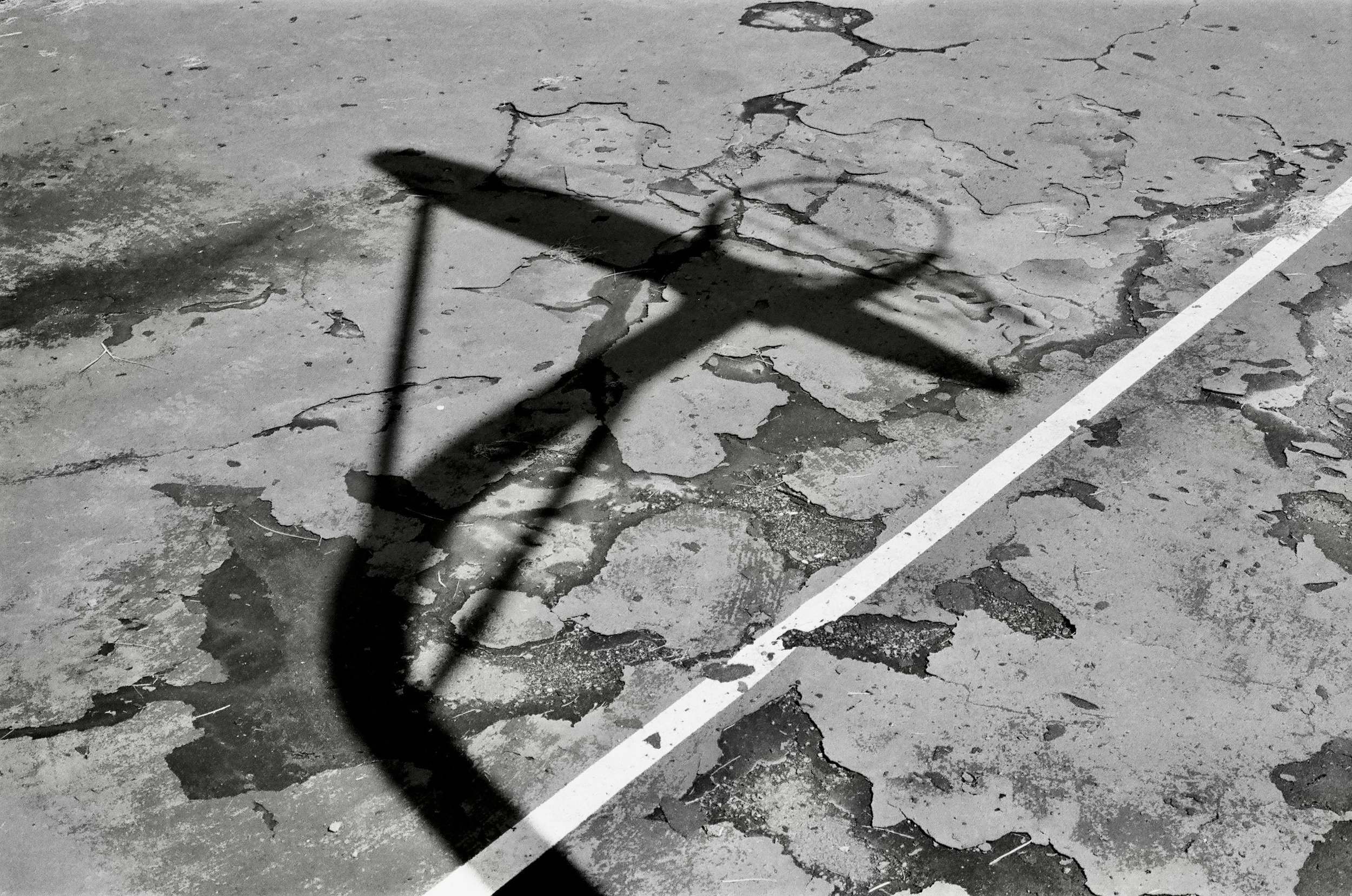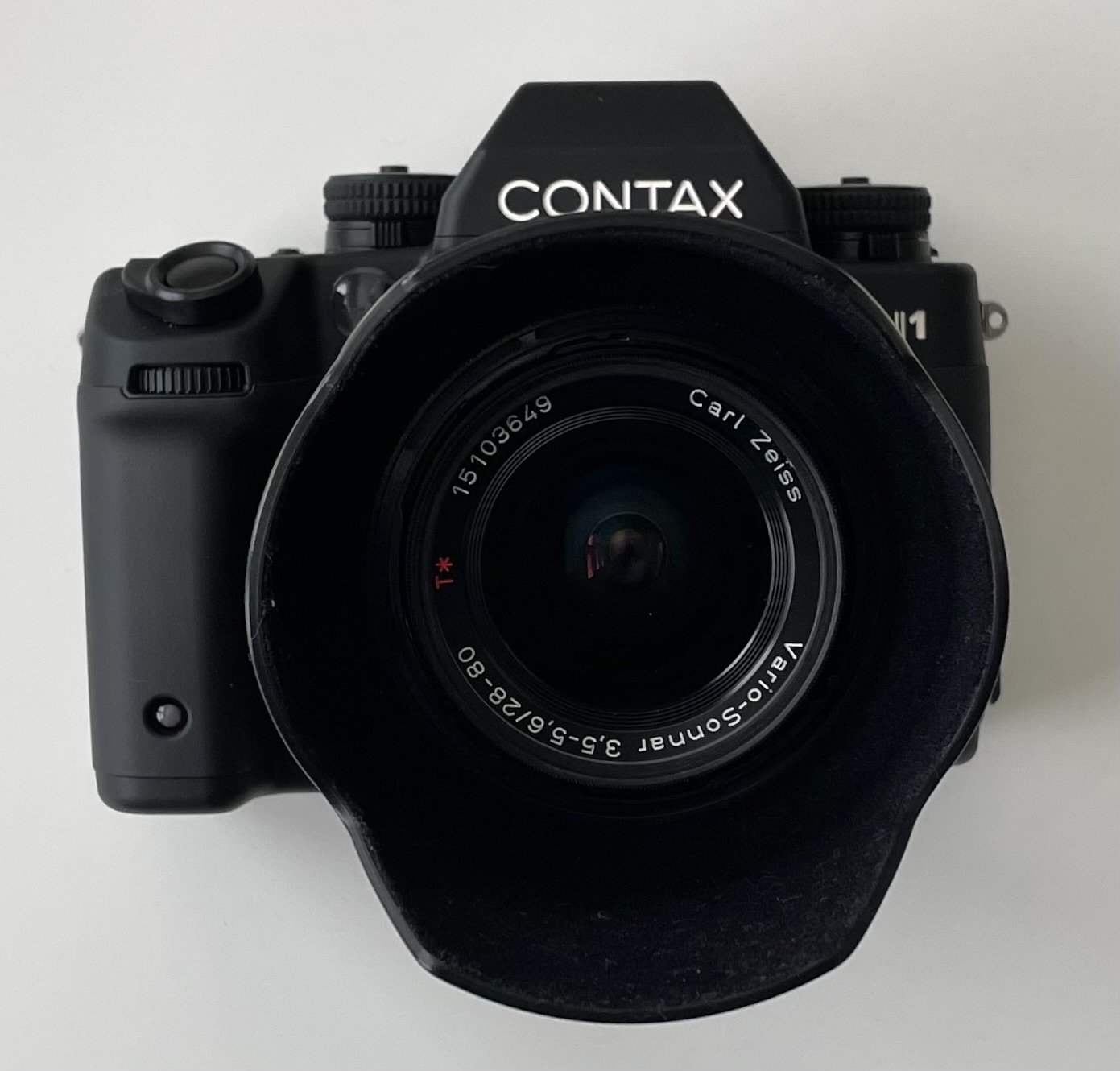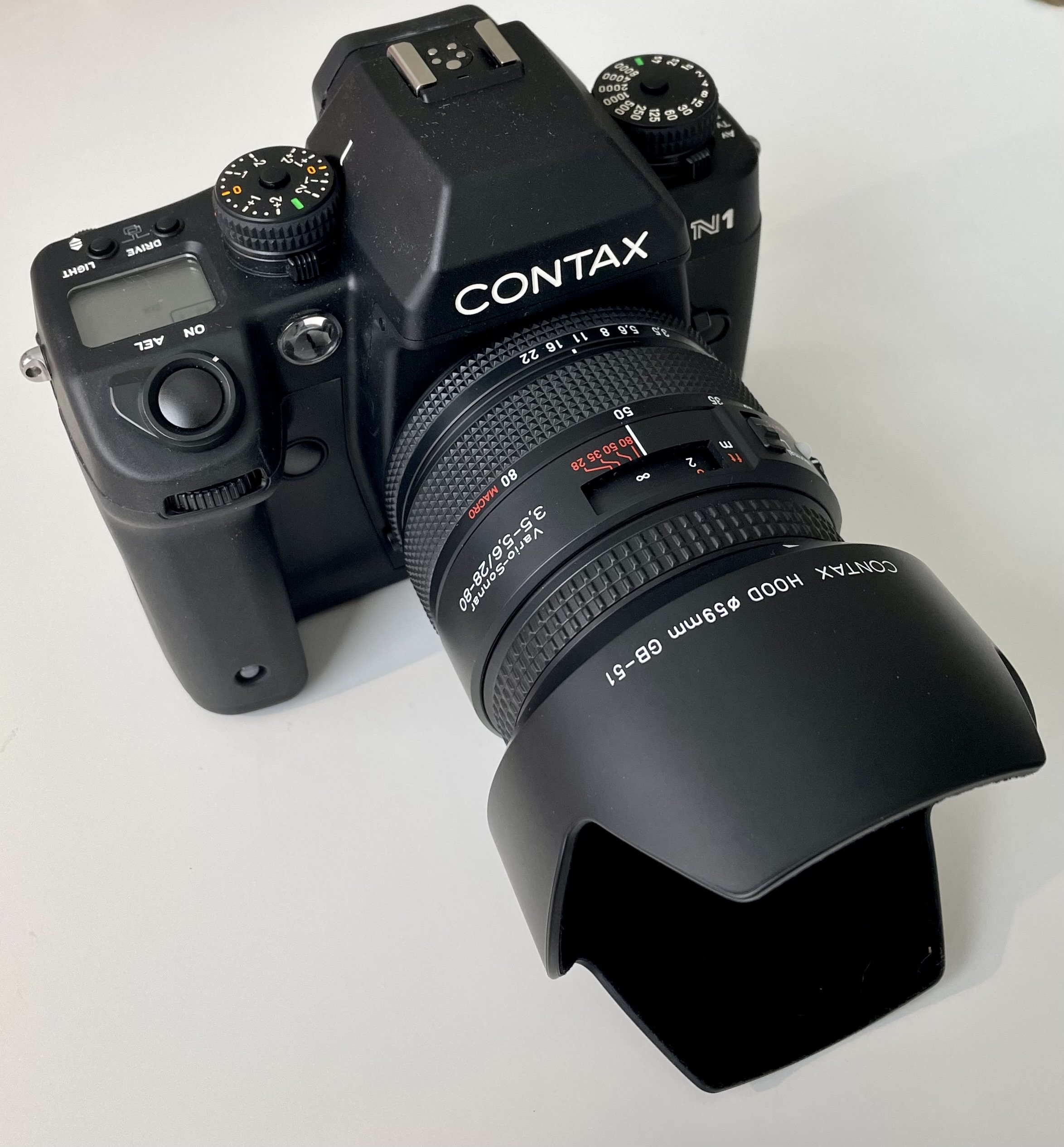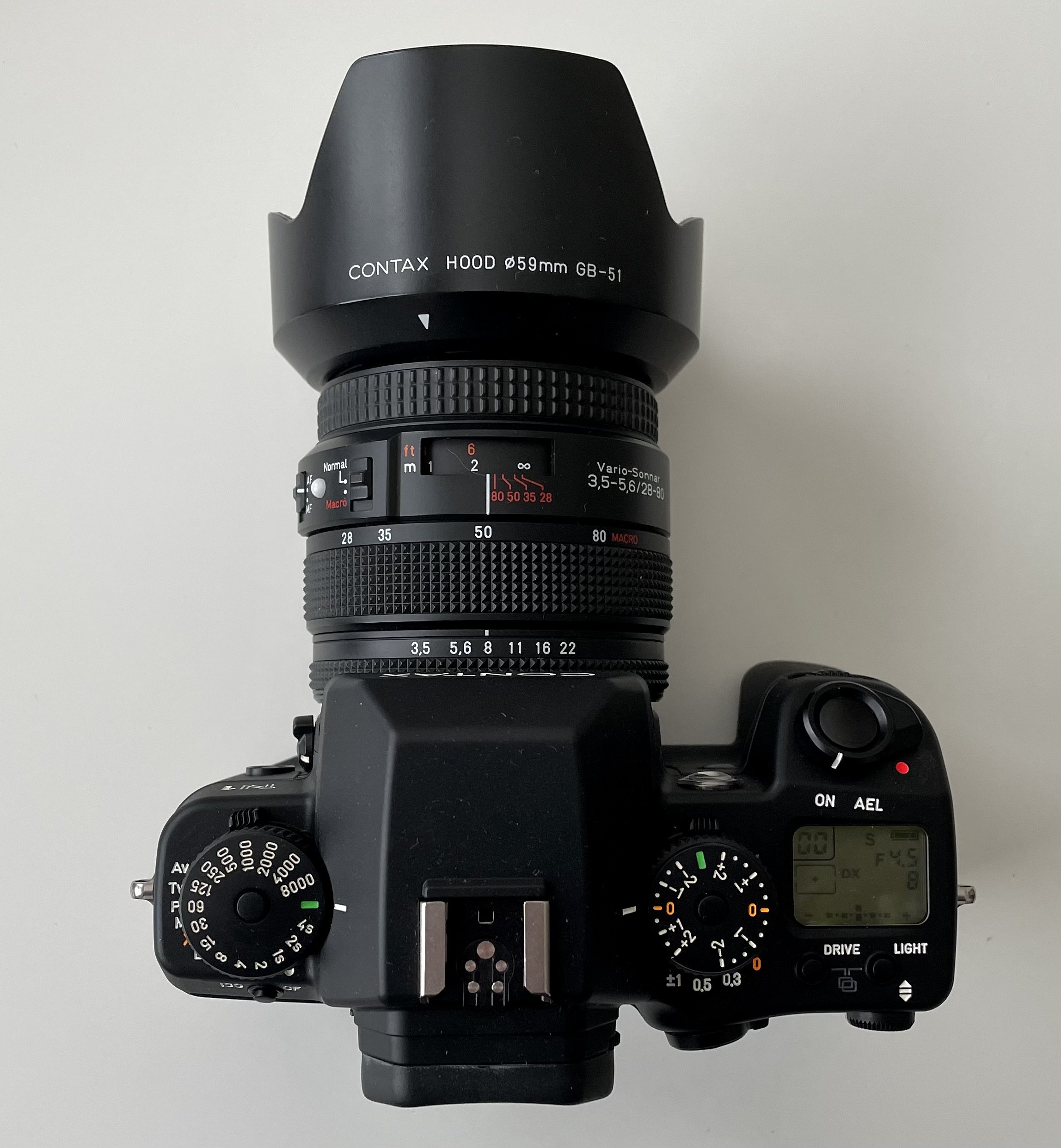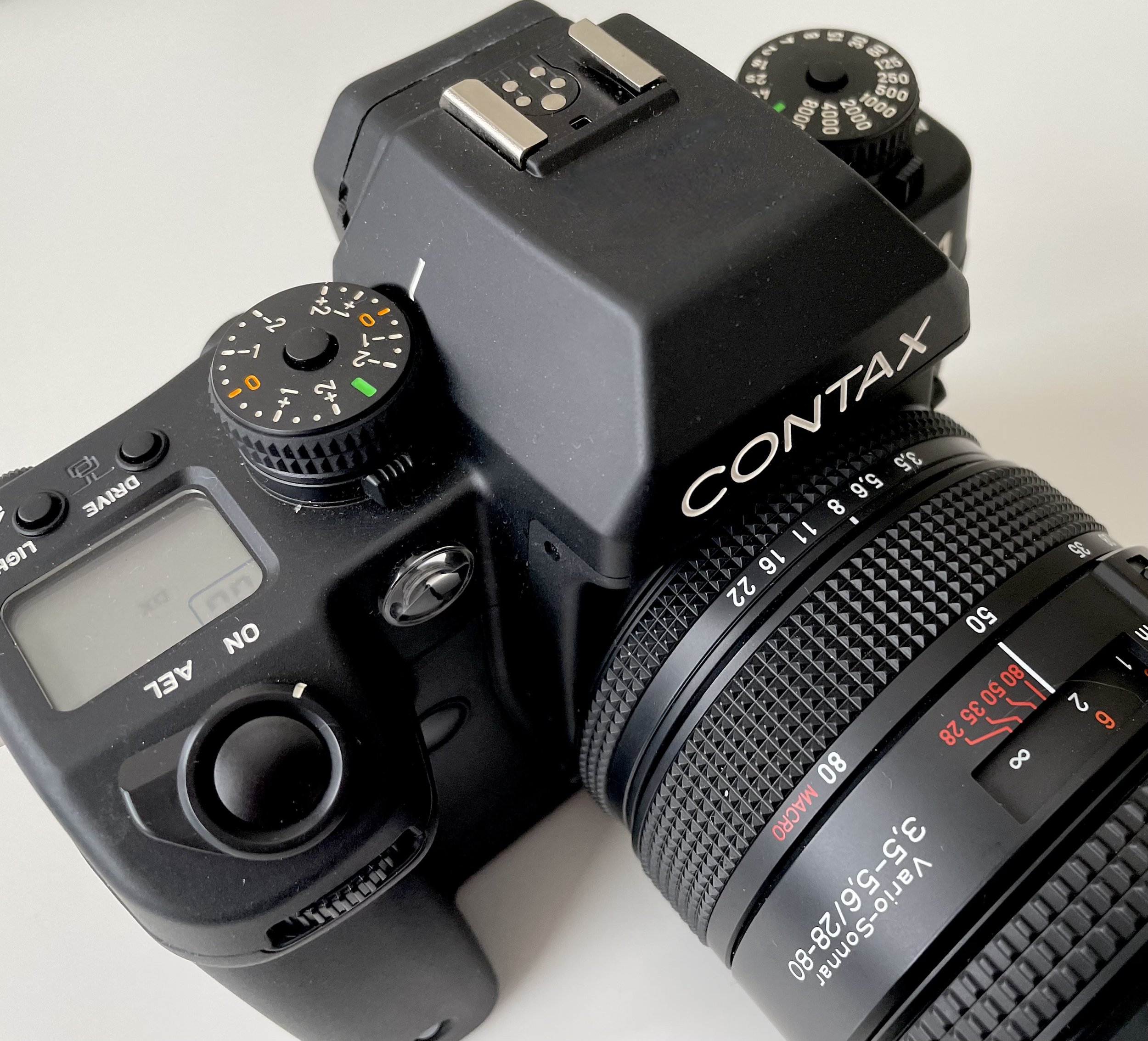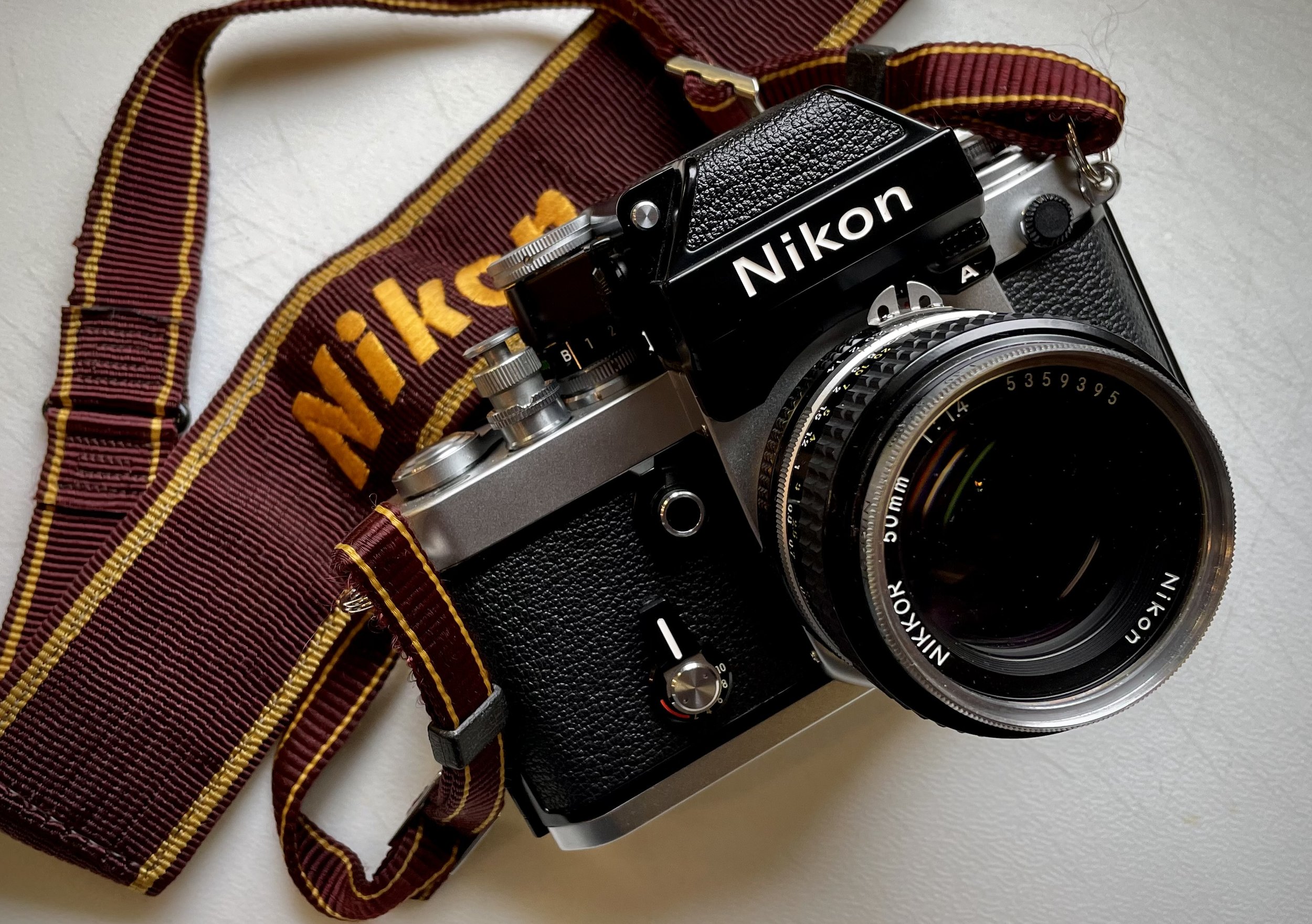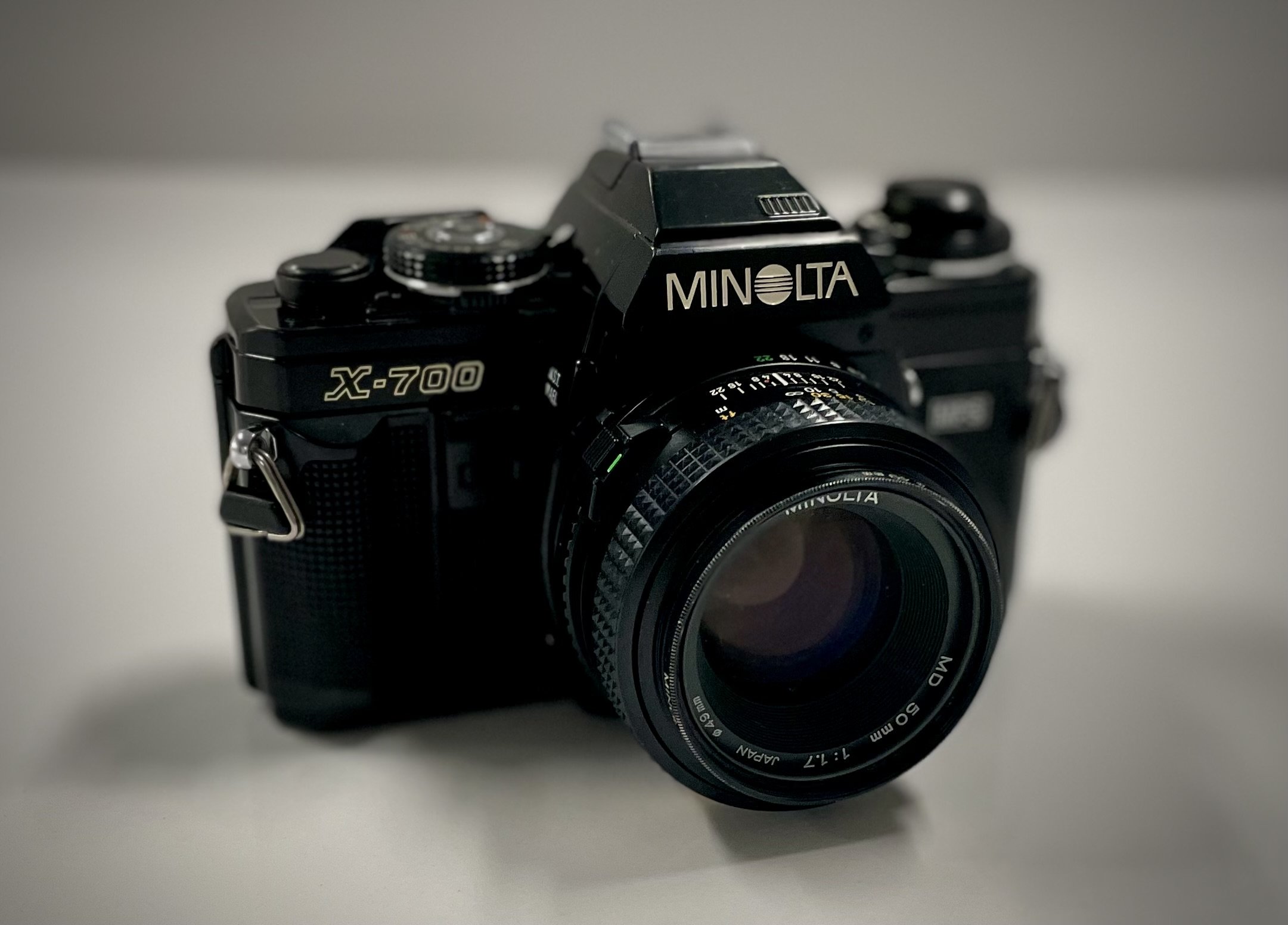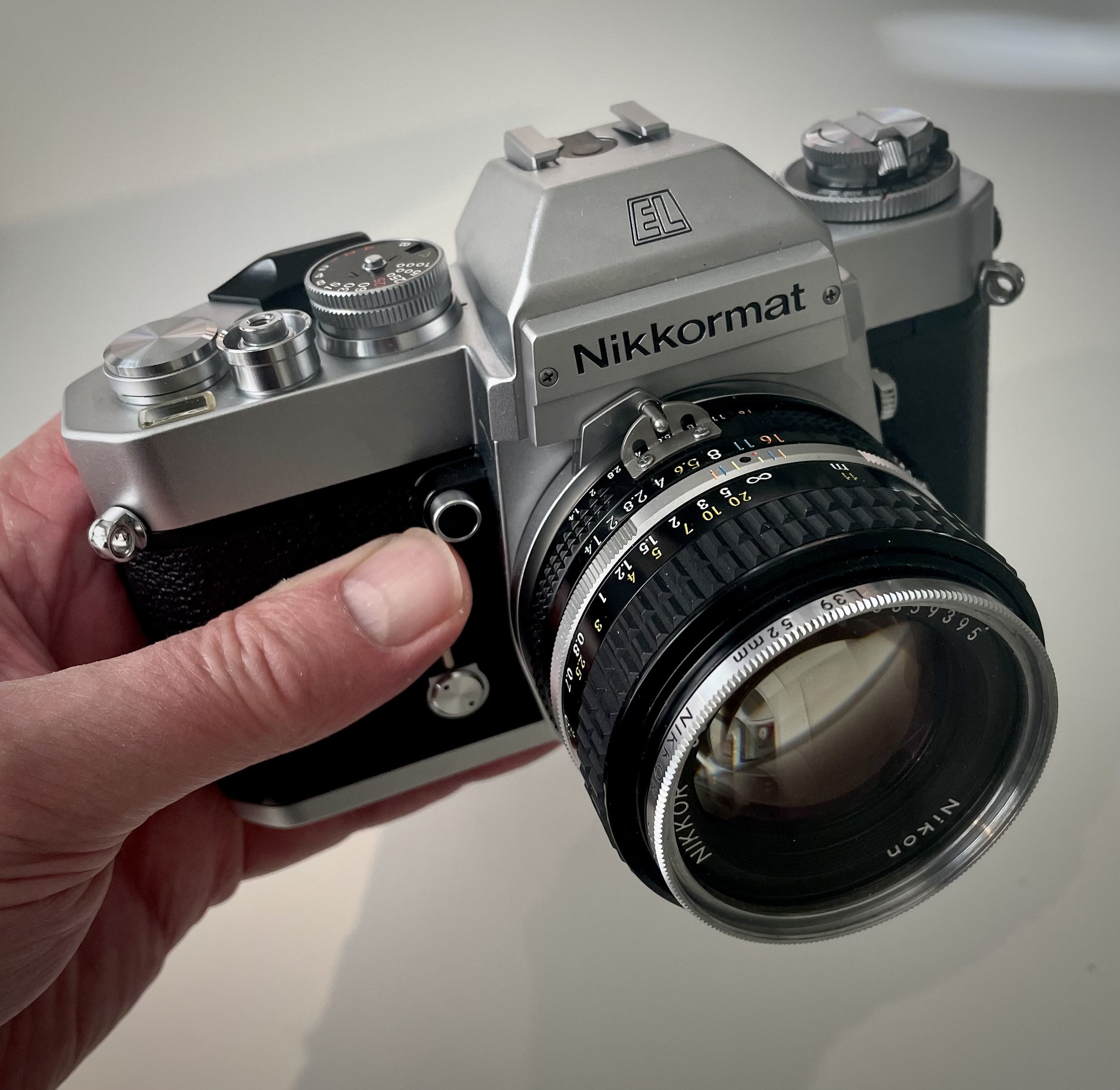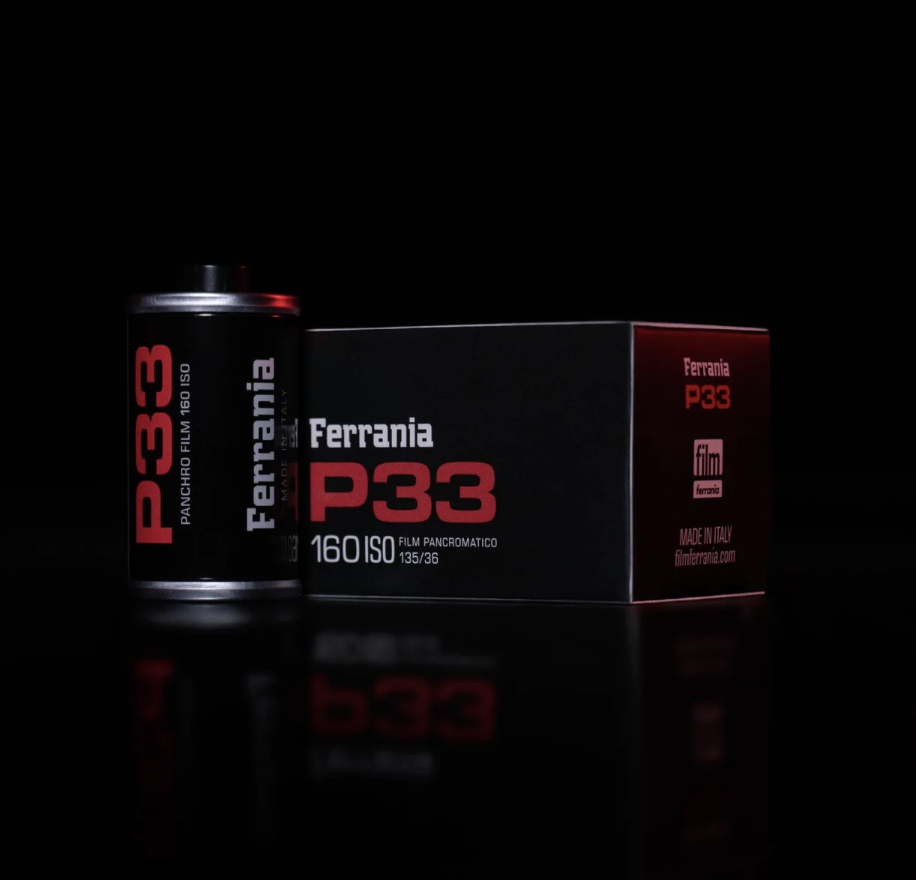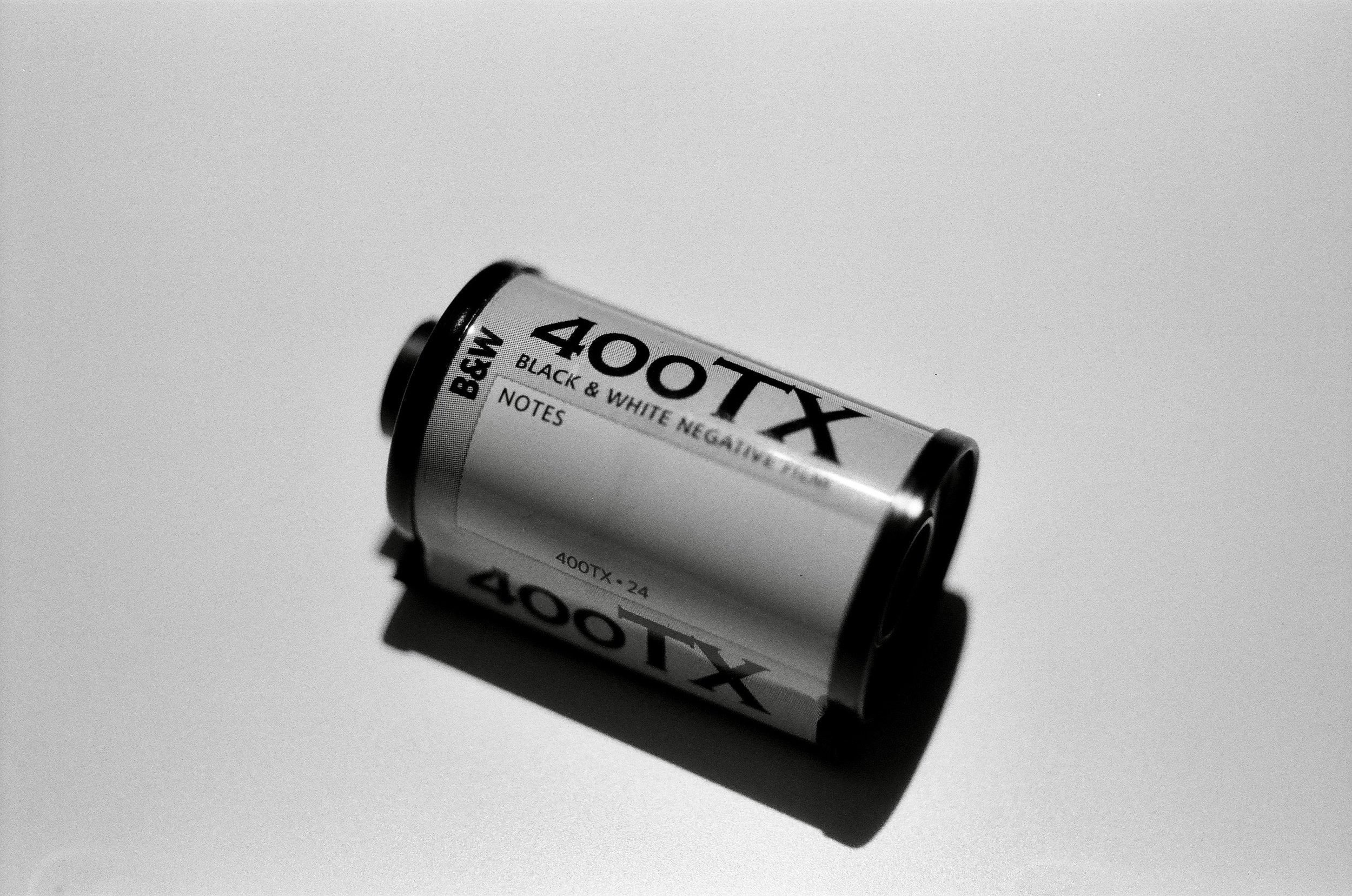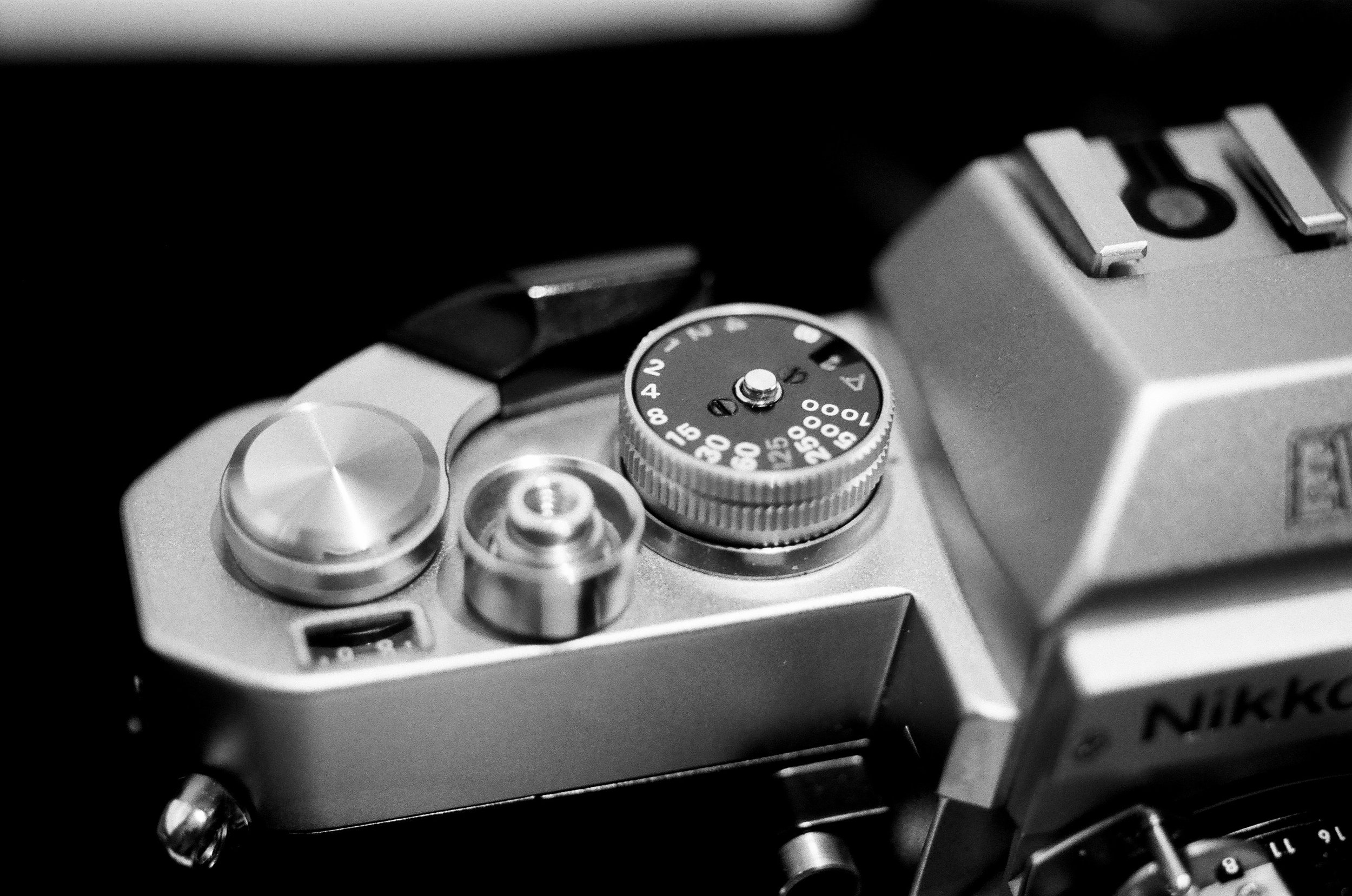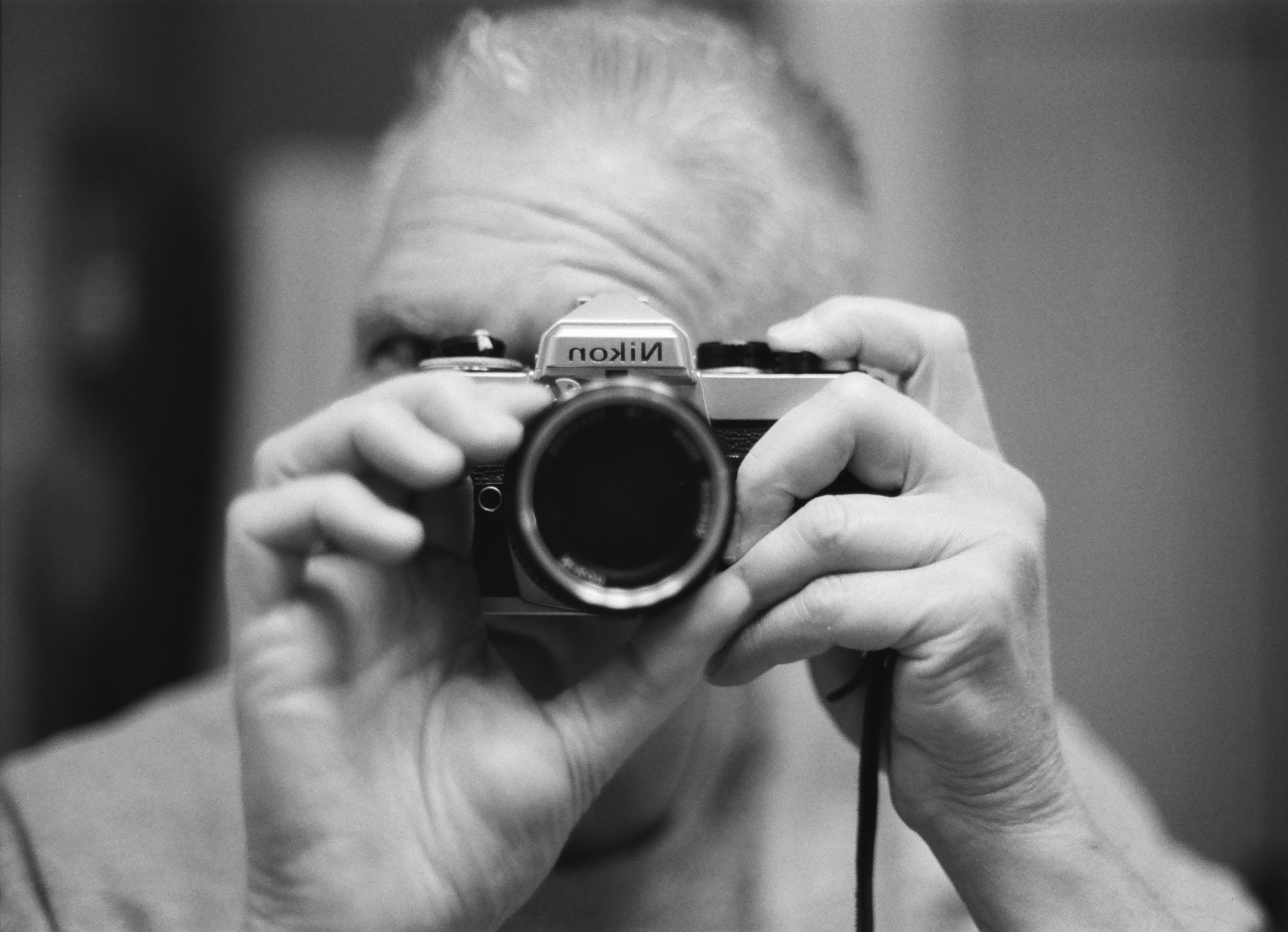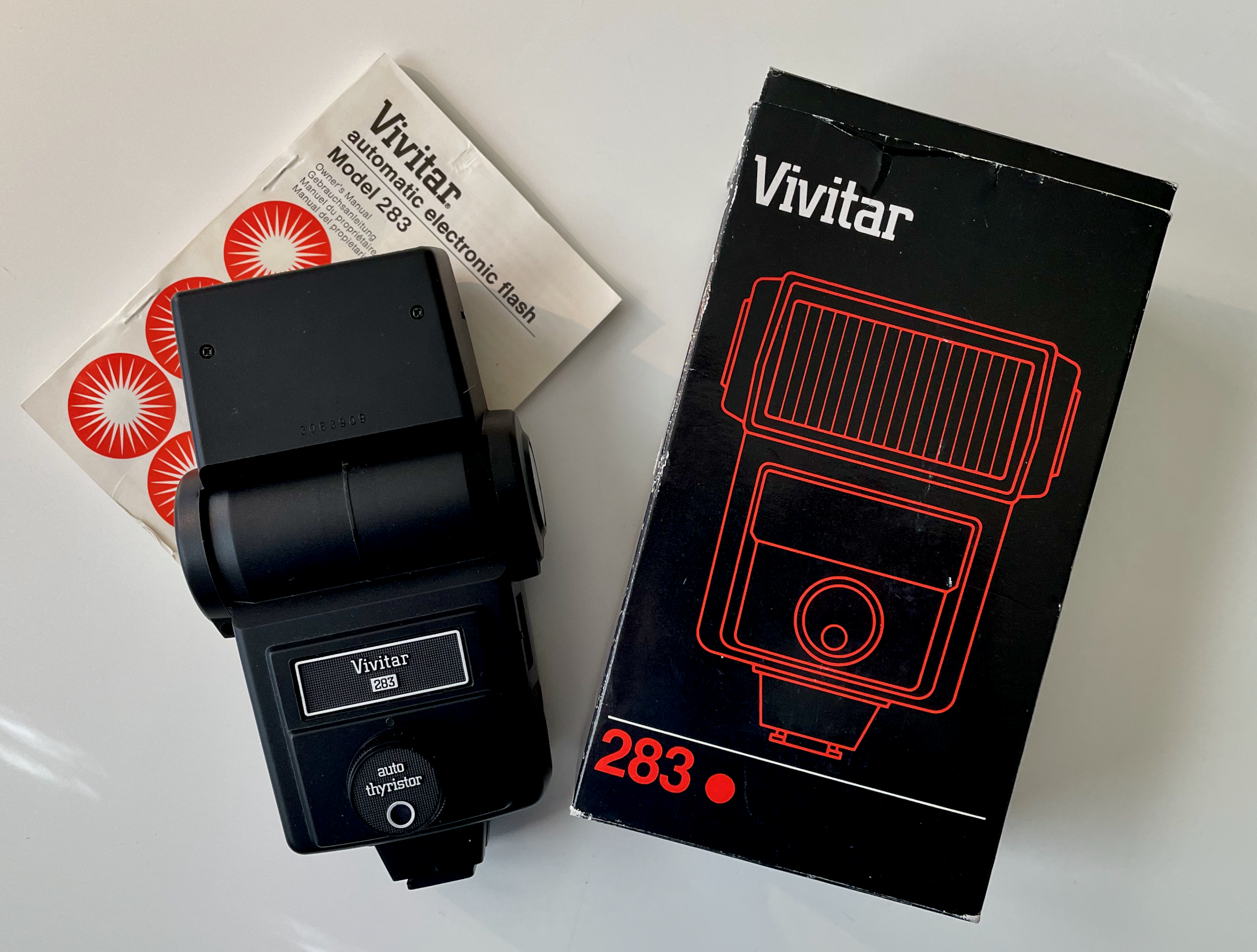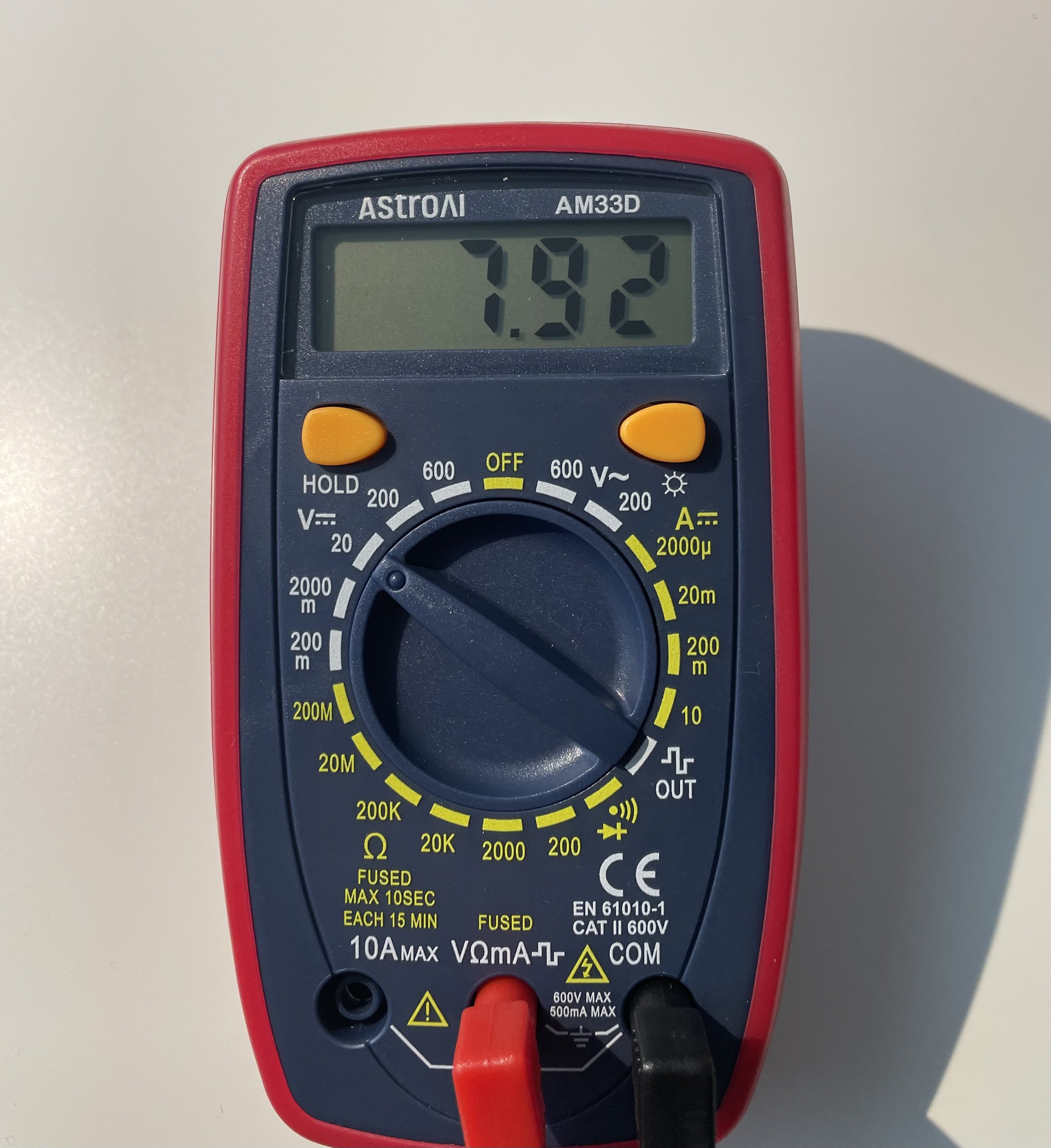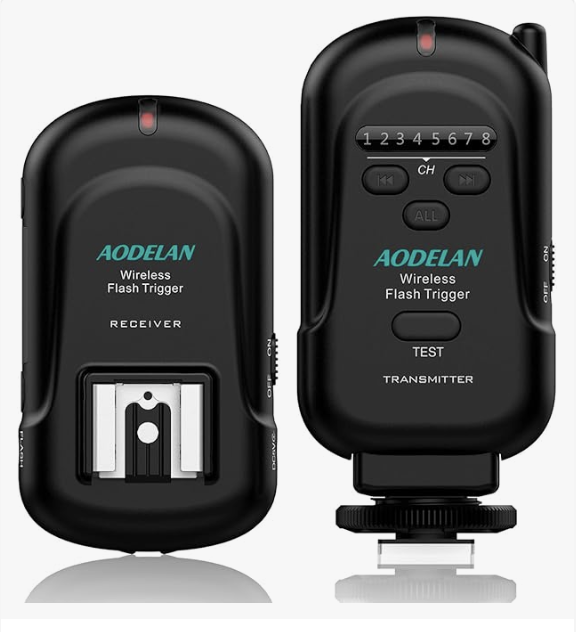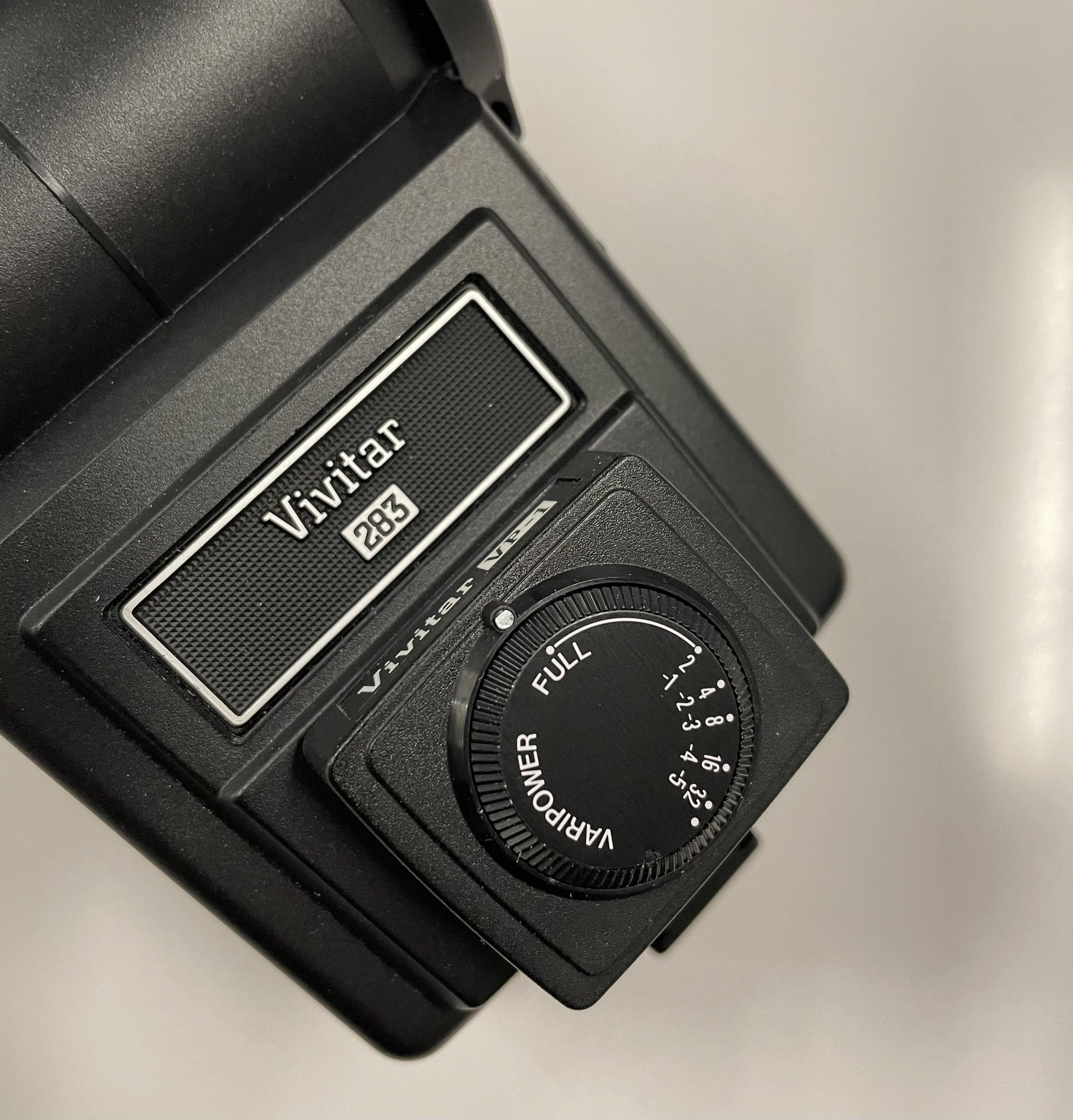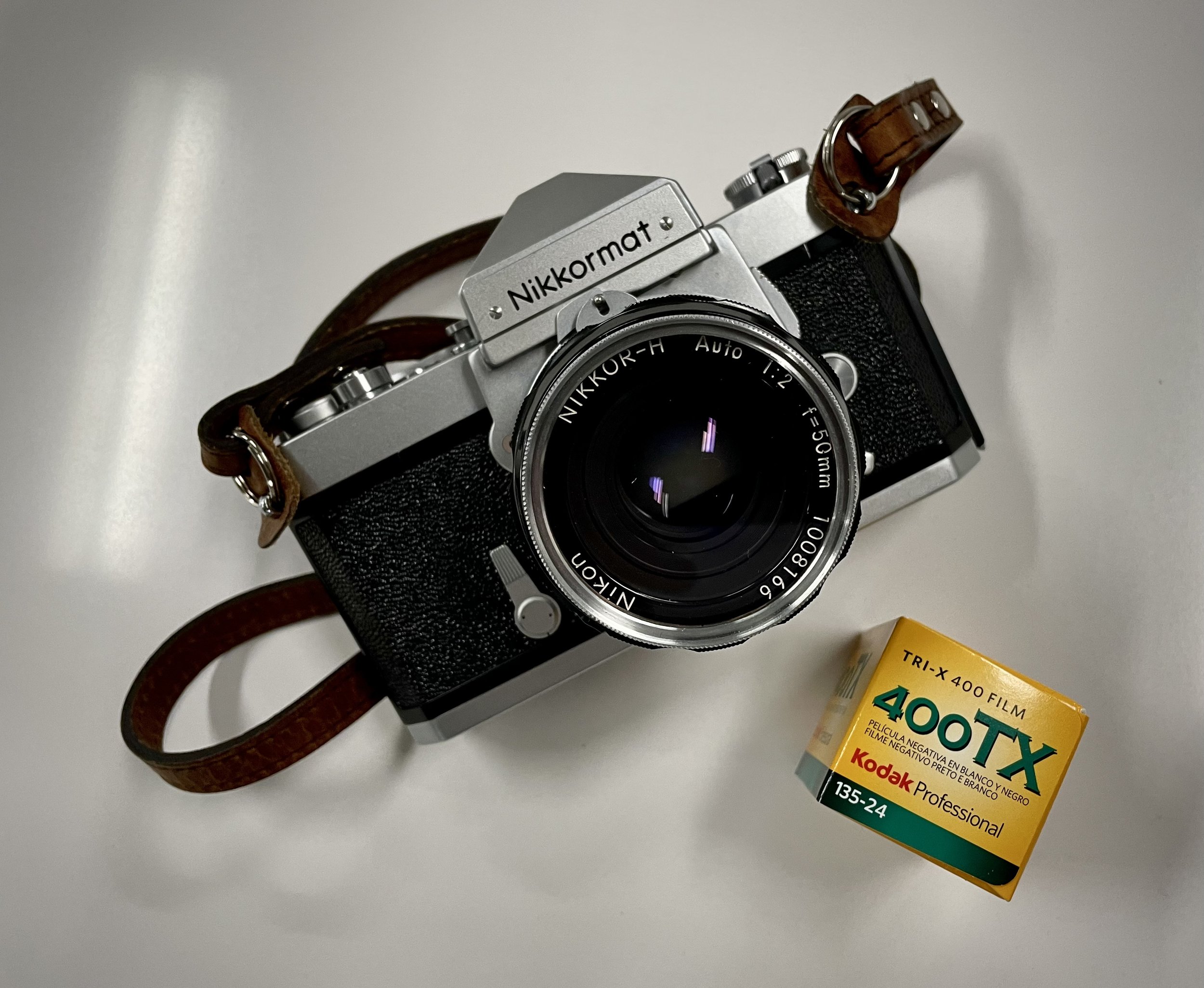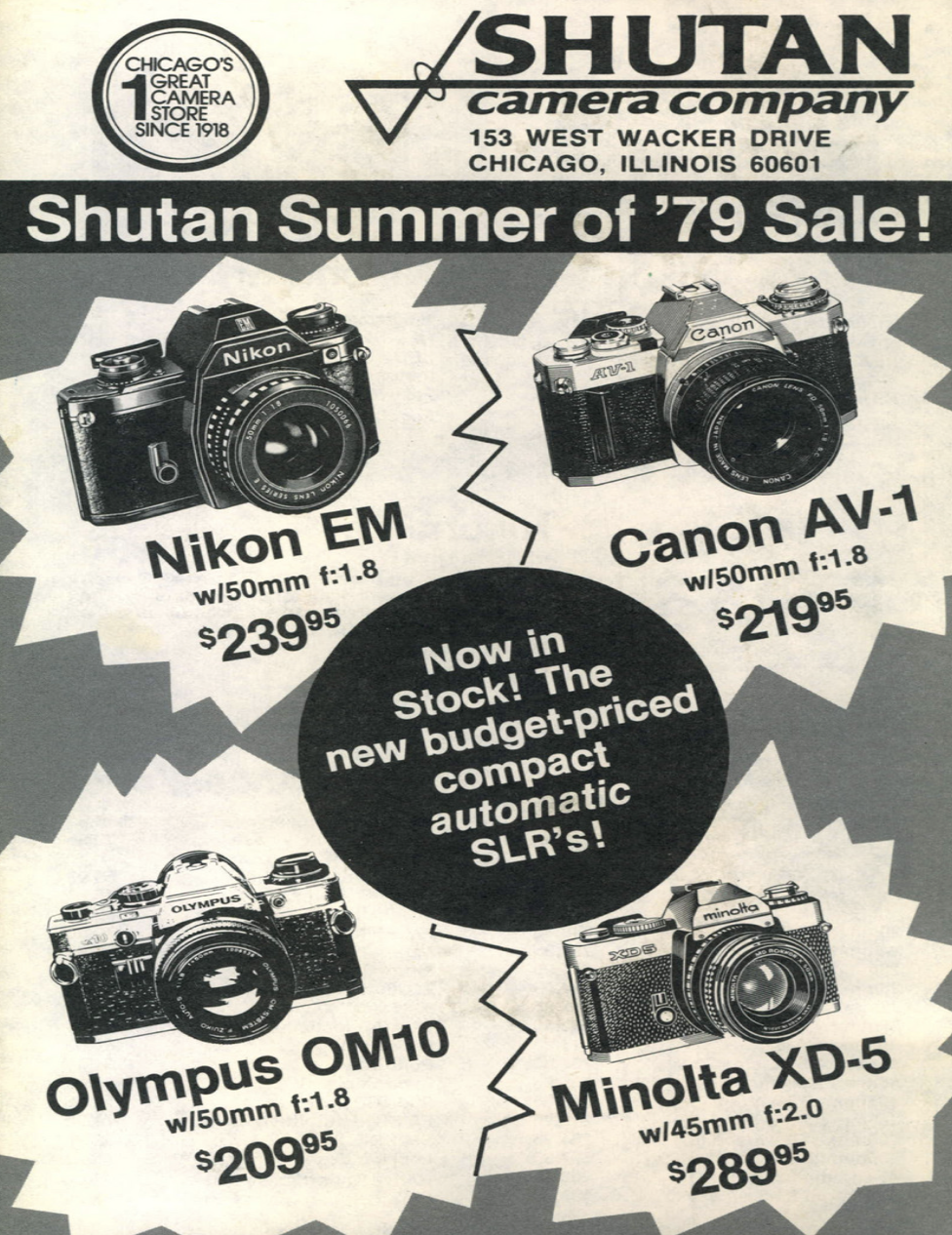Reunited: Nikkormat FTn
I just received my Nikkormat FTn back from a CLA and modification by my friend Jim Holman at International Camera Technicians in San Diego. I found this camera in my local camera shop and it was in lovely condition. Hardly a scratch anywhere with a very nice optics.
I really like these Nikkormats. I own four now—this FTn, an EL, FT2 and FT3. Nikkormats were built during a time when a camera was designed to last. And you can really feel that, especially after a thorough service.
In addition to the CLA, I had Jim do some modifications on my FTn. My FTn is an early model which came with a matte fresnel focus screen with a central disc of of micro-prsims. My aging eye prefers a split-image screen. Nikon calls this a “K” screen. The focus screens were not interchangeable on the Nikkormats, but a skilled technician can swap them out during a CLA. However, I had to find a donor camera. The Nikkormat FT2 and FT3 came standard with a split-image screen, but I really wasn’t keen on spending the money that these models were fetching just to harvest a focus screen. As I was doing my research, I discovered that later in the production run of the FTn, Nikon offered a K screen option—buyers could order their camera with either a matte fresnel screen or the split-image one. These later cameras also had a plastic tipped film advance and self-timer levers (just like the Nikon F Apollo and F2 cameras). Since “parts only” FTn bodies were selling on eBay for $20-$40, my mission became finding one of these later cameras that had been ordered with the K screen.
This kind of stuff takes patience, but it’s fun. Each day, I scoured the eBay listings for parts only FTn bodies with the plastic tipped levers. Sellers rarely take photos of their viewfinder, so I had to contact the sellers and ask. Finally one day, a listing popped up for a camera in pretty sad shape—missing the film rewind crank among other things. What caught my eye was that this camera came in its original box.
FTn original box
When I saw the K screen indication on the box, I didn’t hesitate. I just pulled the trigger and paid the seller $20. I had a good feeling about this. When the camera arrived, it was a mess…but it had a K screen! And for a pretty sad looking camera, the viewfinder and screen looked really good.
I packaged up my FTn and the donor camera with a note to Jim to CLA my camera top to bottom. In addition, swap out the existing screen for the K screen from the donor camera. Because I prefer the plastic tipped film advance, I also asked him to swamp out the advance lever as well. I never use the self-timer, I left that as-is. Lastly, I asked him to modify my camera to work with a 1.5v 625 alkaline battery rather than the original 1.35v mercury battery.
Film advance lever before modification
Completed, serviced and modified FTn
There’s something special about finding a 57-year old camera in this condition. It’s even more special having it returned to factory specs. Everything is so smooth now and that shutter sounds sublime. I am looking forward to a weekend photo walk with my “new” Nikkormat FTn.


